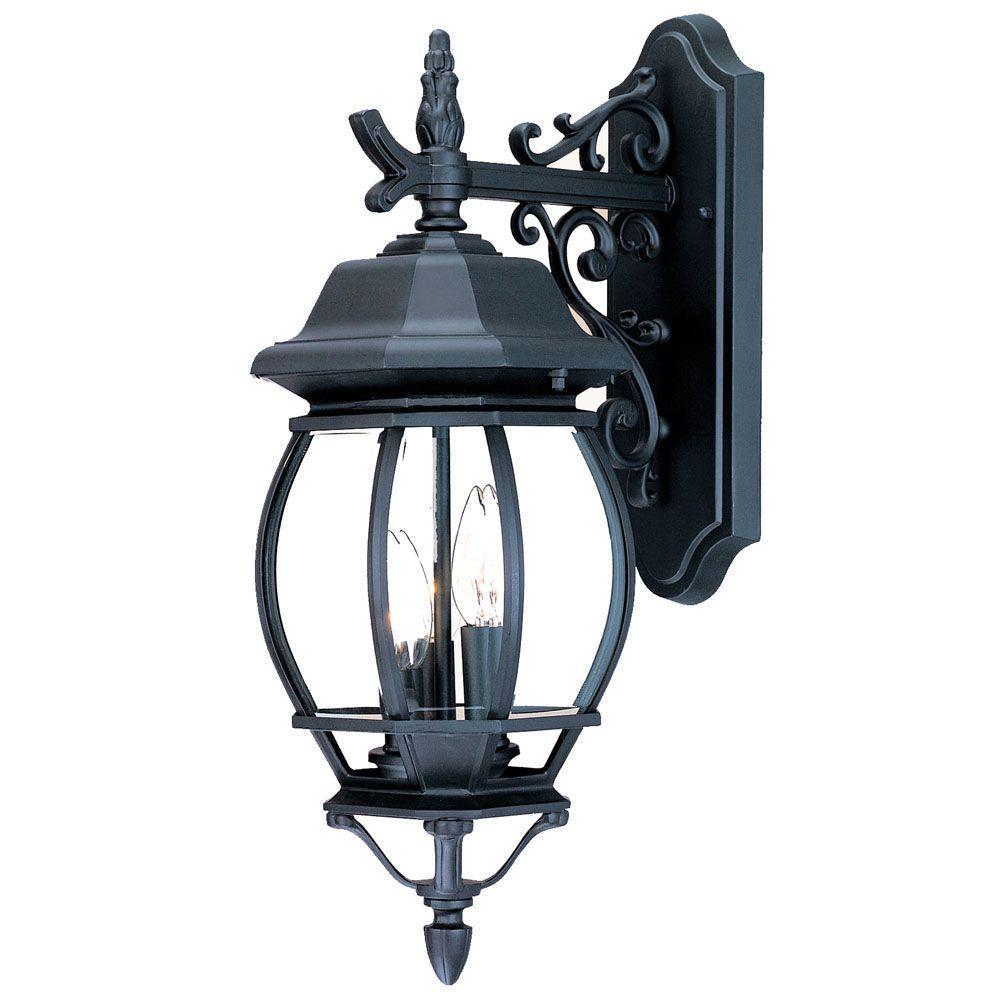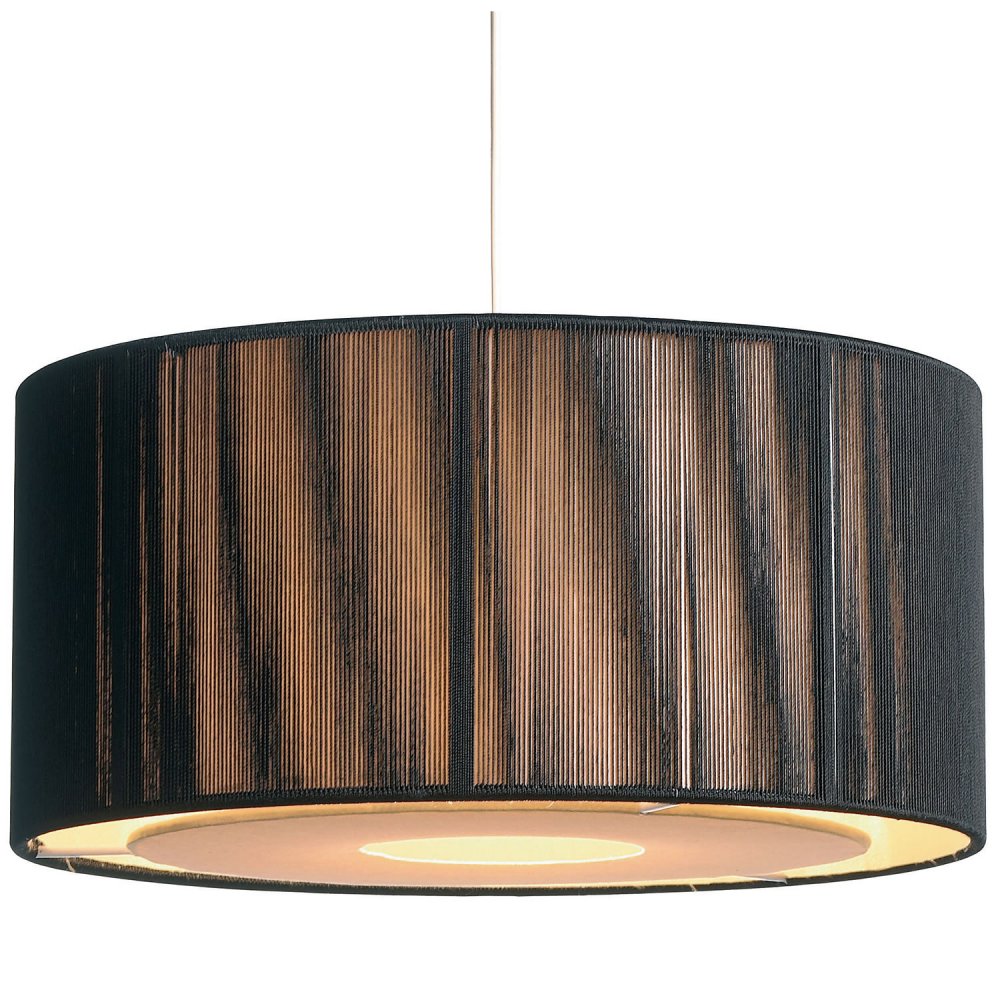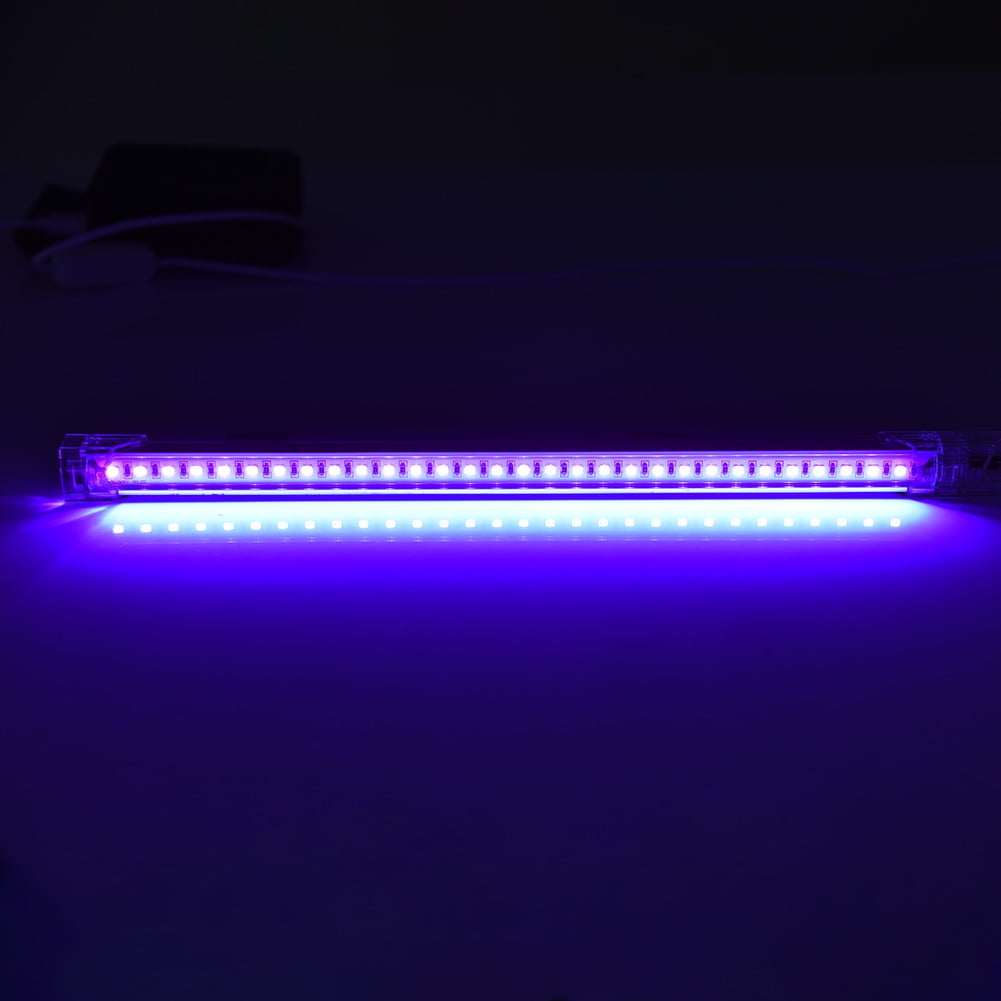


The bedside lamps, the floor lamp, and the chandelier work together within the same room thanks to various commonalities: similar neutral shades on all of the lamps, the chrome finish on the floor lamp and chandelier, the tiered triangular shape of the artichoke lamps and the chandelier, etc. There are also instances when you have multiple lights that need to coordinate within one room. Here’s a shot of how the rooms connect (I’m standing under the star pendant here). I’d show you in a picture, except it’s pretty much impossible to get them in the same line of sight – which might be another reason these guys don’t have to be super similar, since they never actually have to compete visually. They just easily fit into their surroundings. So they might qualify as a more “eclectic” pairing to some, but we find that since both make sense in their respective rooms – and the rooms flow together nicely due to other elements that relate (paint color, wood accents, seamless flooring, etc), it means the lights don’t feel like a jarring juxtaposition.

Now, it could be argued that we’re breaking our rule between the foyer ( dark bronze star pendant) and the kitchen ( three large metal domes with polished nickel stems) since they don’t share any common finish, shape, etc. So although capiz and painted metal have nothing to do with one another, they still have another material (in this case it’s the polished nickel) that ties them together. Meanwhile, the metal pendants in our kitchen relate to the capiz chandelier in the adjoining dining room because they both have polished nickel stems and canopies.

So hanging some oil-rubbed bronze lanterns down the hall with an almost-rectangular shape definitely relates to the hallway’s hardware.īut let’s get back to the task at hand: coordinating light fixtures in adjoining rooms. That big star light in our foyer has cloudy seeded glass that’s similar to the tone and texture of the capiz chandelier in our nearby dining room, so although the metals are different, the repetition of the glass-like material (and the fact that they’re both geometric, and framed with metal) helps make them feel related without being too predictable or matchy-matchy. All of the doorknobs up there are oil-rubbed bronze with rectangular back plates. Bonus points if other elements in the room tie into the light in some way too, like the dark railing and runner on the stairs of our foyer that relate to our oil-rubbed bronze chandelier (pictured above).Īnother good example of tying light fixtures into their surroundings so they look right at home once they’re hung would be our upstairs hallway. In most cases, as long as you check one of those boxes, your lighting will relate nicely to one another. Note that it’s an “OR” and not an “AND” situation. Whether you’re dealing with an open concept floor plan where you can see your kitchen pendants, dining room chandelier, and living room lights all from one vantage point – or you’re just trying to keep your whole house feeling cohesive from room to room, our main tip is to try to make your lighting relate in era, style, shape, or finish/material. When I regained consciousness in this reality, I had way too many mood boards for the show notes, had inexplicably eaten two pop tarts, and this post was born. This week we dove into the struggle to find light fixtures that feel related without being too matchy-matchy or boring (the discussion kicks in around the 20-minute mark of this week’s podcast) and I promised to link to some lighting combinations that I liked in the show notes, but then I promptly fell into a mood board making wormhole.


 0 kommentar(er)
0 kommentar(er)
